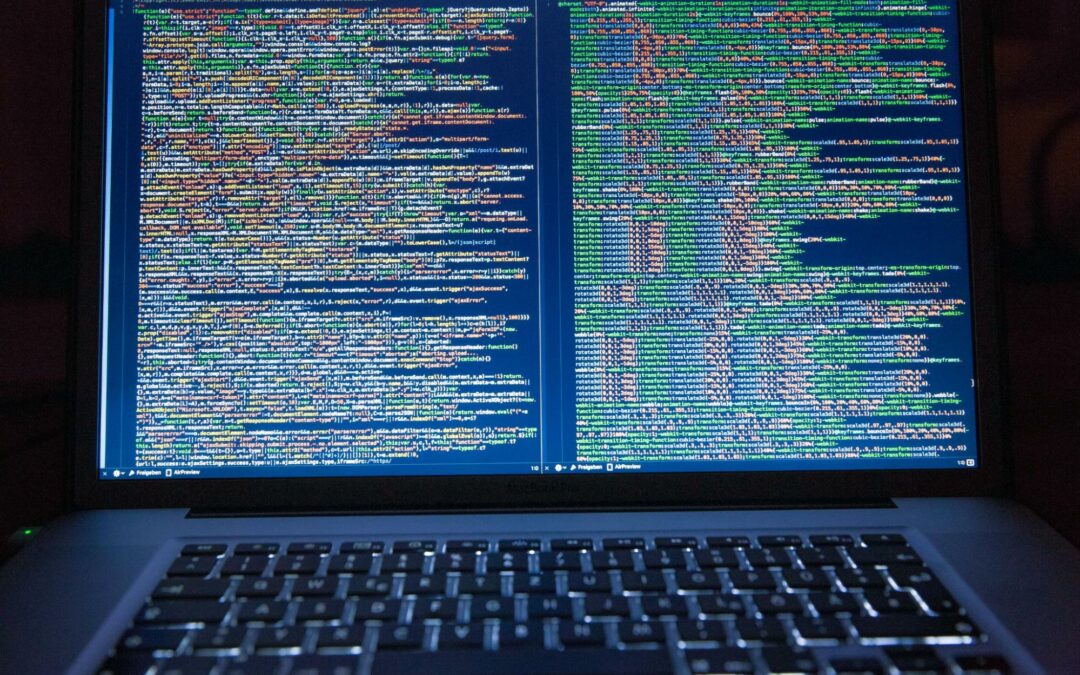One technological innovation emerging as a powerful tool for decarbonization efforts is LoRaWAN, which not only enables advanced emission monitoring remotely, but can be used in conjunction with other technologies already utilized in other industries—such as building management and utility power and gas meters.
What is LoRaWAN?
LoRaWAN (Long Range Wide Area Network) is wireless technology designed specifically for the Internet of Things (IoT), where long-range and low-power capabilities are crucial. Unlike Wi-Fi, which offers high frequency for short distances, LoRaWAN transmits small amounts of data over vast distances in open environments, and can be accessed to multiple users.
LoRaWAN-enabled sensors are able to monitor various parameters, such as greenhouse gas emissions, and transmit that data over long distances to a central system for processing and analysis. This enables more efficient, accurate, and cost effective reporting of the actual emissions from solutions for ships, rigs, and other industrial operations—ultimately helping reduce the cost of trading carbon allowances and the associated compliance in carbon tradings.
How LoRaWAN can be used to create digital ledgers for carbon trading
Cyanergy’s LoRaWAN based engine and emission device could be used to create digital ledgers for carbon trading by providing real-time, accurate data on emissions and carbon credits. For example, sensor data collected by LoRaWAN devices can be recorded on a blockchain, creating an immutable and verifiable record of emissions data.
Benefits of using blockchain technology for carbon trading
A blockchain-based distributed ledger ensures that all participants in the carbon trading market have access to the same, up-to-date information. This ensures that any disagreements are handled transparently and fairly, based on the data recorded on the blockchain.
Additional benefits include:
- Transparency: All transactions and data are recorded on a public or permissioned blockchain, enhancing transparency.
- Security: Blockchain’s cryptographic features ensure data security and integrity.
- Accuracy: Automated processes reduce the need for manual intervention, which reduces the risk of mistakes and additional costs.
- Scalability: LoRaWAN’s ability to support large networks of devices makes it suitable for widespread deployment in carbon monitoring.
These benefits, in turn, offer opportunities for cost reduction and regulatory compliance for companies engaged in decarbonization. By automating processes, smart contracts reduce the need for intermediaries, cut down administrative costs, and minimize the risk of errors or fraud.
Conclusion
Integrating LoRaWAN technology could enhance the decarbonization journey by creating a transparent, efficient system for monitoring and trading carbon credits. LoRaWAN sensors can collect real-time emissions data, which can be securely recorded on a blockchain. LoRaWAN can automate data verification, carbon credit issuance, and trading, thereby reducing costs and ensuring regulatory compliance. This seamless integration boosts the accuracy and reliability of carbon tracking, promoting effective decarbonization across industries.
Join us in leading the charge towards a sustainable future and transform your decarbonization strategy with Cyanergy’s cutting-edge LoRaWAN solution (i.e. CE² Monitor) . Accurately monitor emissions on ships and rigs in real-time, ensuring compliance and boosting efficiency. Contact us today for a demo or subscribe to our newsletter for the latest updates.

